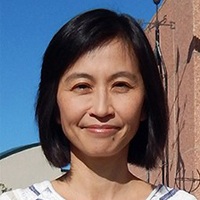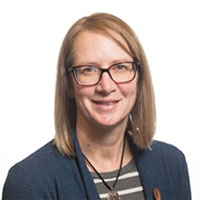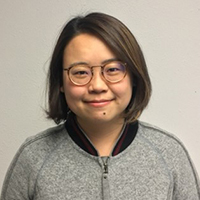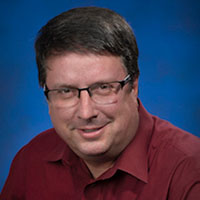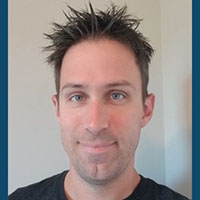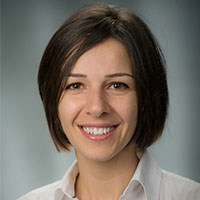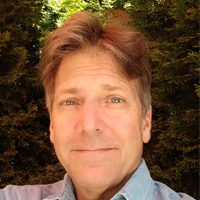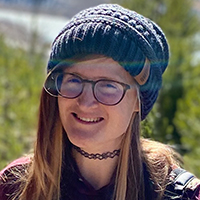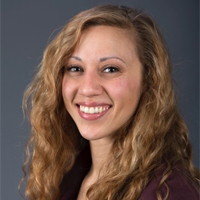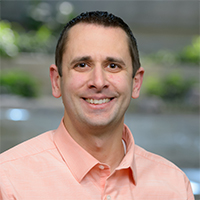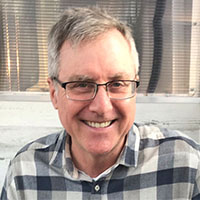Role
- Professor, Colorado State University
Education
- PhD, Earth, Atmospheric, and Planetary Sciences, Purdue University, 2003
- MS, Atmospheric Sciences, National Central University, 1994
- BS, Atmospheric Sciences, National Central University, 1992
Research Interests
My research interests lie in remote sensing for cloud and precipitation, radiative transfer, and cloud-aerosol-precipitation-radiation interactions. I have been always excited about accessing cloud and precipitation properties that are critical for weather and climate sciences yet missing in current observations, using synergistic radar, lidar, and radiation measurements. I have been also working on machine learning applications in understanding precipitation formation, advancing aerosol remote sensing, and developing fast high-resolution 3D radiative transfer.
Professional Experience
Prior to joining Colorado State University, I was an Associate Professor at the Department of Meteorology, University of Reading, United Kingdom, a Research Assistant Professor at the University of Maryland–Baltimore County, and an Associated Scientist at NASA Goddard Space Flight Center. I have participated in several field campaigns, including the ARM the Eastern North Atlantic (ACE-ENA) field campaign, and the European Dynamics-Aerosol-Chemistry-Cloud Interactions in West Africa. I am currently serving as the Chair of the Cloud and Precipitation Measurements and Science Group for the ARM Climate Research Facility, and a member of the International Radiation Commission and the Hyperspectral Imaging and Sounding of the Environment Program Committee. In the past, I have served as the Chair of the AMS Atmospheric Radiation Committee.


